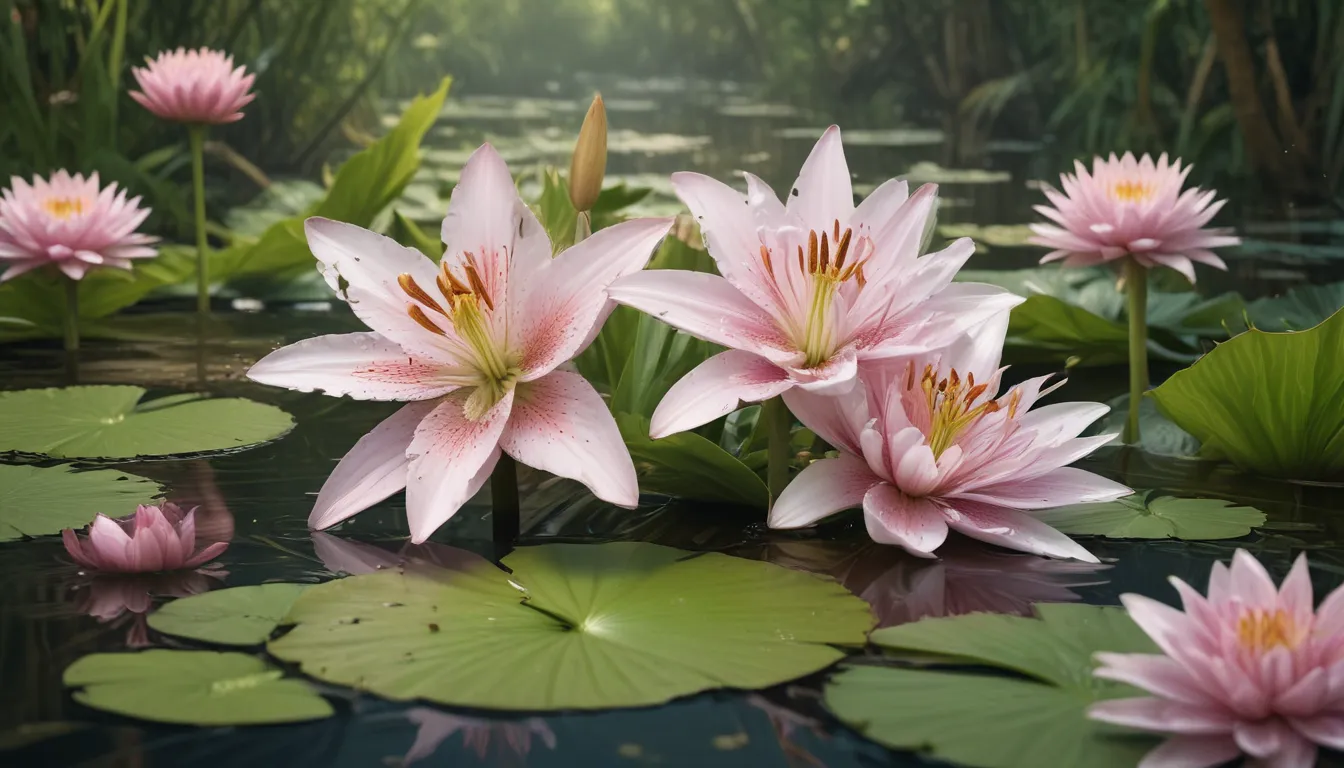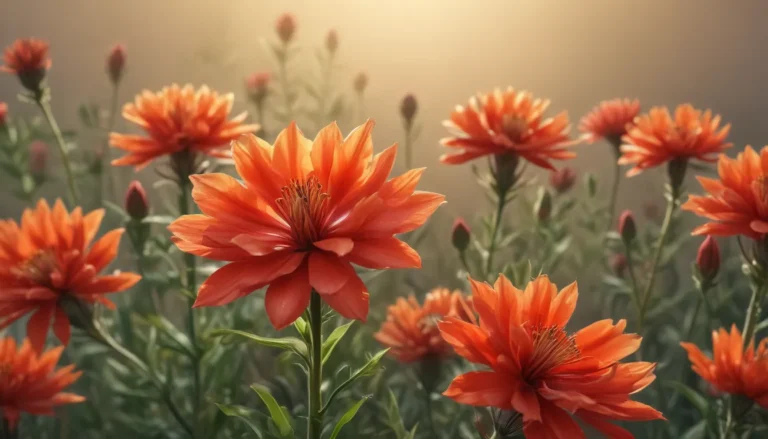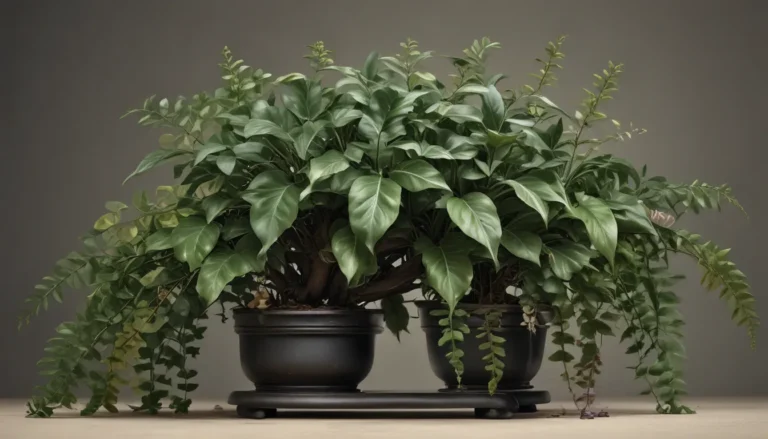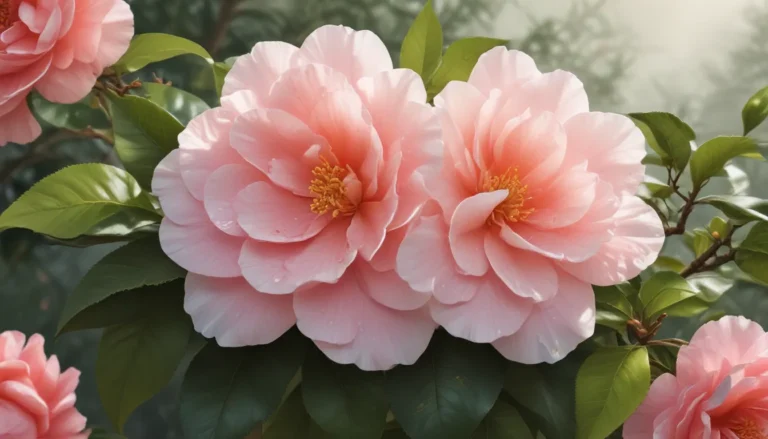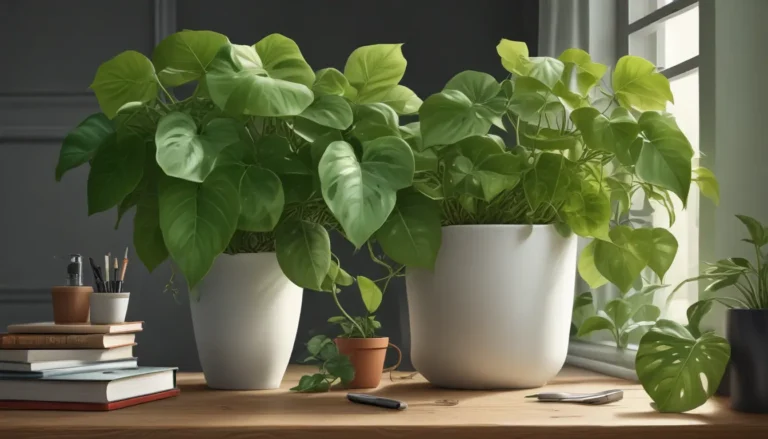The pictures we use in our articles might not show exactly what the words say. We choose these pictures to make you interested in reading more. The pictures work together with the words but don’t take their place. The words still tell you the important facts.
Are you ready to immerse yourself in the captivating world of the Swamp Lily? Get ready to be amazed by the astonishing facts about this stunning aquatic plant that has enchanted nature lovers for years. From its elegant beauty to its medicinal uses and ecological importance, the Swamp Lily is more than just a visually appealing flower. Join us as we explore the unique features of this remarkable plant and discover why it holds a special place in the hearts of many.
The Allure of Swamp Lily
Known scientifically as Crinum americanum, Swamp Lily belongs to the Amaryllis family and is renowned for its graceful white flowers and long, slender leaves that exude elegance wherever they grow. Whether nestled in a wetland or enhancing the beauty of a garden, the Swamp Lily never fails to captivate with its enchanting presence.
Originating in the Southeastern United States
The Swamp Lily is native to the southeastern region of the United States, where it thrives in swampy and marshy areas, particularly in states like Florida, Georgia, and Louisiana. It can also be found in other parts of the southeastern coastal plain, showcasing its adaptability to different environments.
Resilient and Versatile
One of the remarkable qualities of the Swamp Lily is its resilience and versatility in various soil conditions. From sandy to loamy and clay soils, this plant can thrive in different light conditions, ranging from full sun to partial shade, making it a versatile addition to any garden landscape.
Blooming Beauty
The spectacular blooms of the Swamp Lily are a sight to behold, with large, trumpet-shaped flowers that beckon pollinators like bees and butterflies with their delicate fragrance. Its long flowering period extends throughout the entire summer, providing a continuous display of beauty that is sure to enchant any observer.
A Water-Loving Marvel
True to its name, the Swamp Lily thrives in moist and wet environments, making it a perfect choice for areas along the edges of swamps, marshes, ponds, and other water bodies. Its affinity for water gardens and rain gardens adds a touch of tranquility and natural beauty to any aquatic setting.
Embracing Wildlife
Not only does the Swamp Lily dazzle with its visual appeal, but it also attracts a myriad of wildlife with its nectar-rich flowers. Pollinators flock to its blooms, while the plant itself provides shelter for small animals and insects, creating a harmonious ecosystem in its midst.
Tales of Medicinal Uses
Throughout history, the Swamp Lily has been revered for its medicinal properties, with Native Americans utilizing various parts of the plant to treat an array of ailments, from digestive issues to skin irritations and even snakebites. Its healing legacy continues to intrigue and inspire to this day.
Cultivating Wonder
Whether you are an experienced gardener or a novice exploring the world of plants, the Swamp Lily is a relatively easy plant to grow. With proper care and attention, it can flourish and become a stunning focal point in your garden, bringing a touch of tropical beauty to your outdoor space.
Transporting You to the Tropics
The long, arching leaves of the Swamp Lily evoke a tropical paradise, reminiscent of exotic destinations that beckon with their lush greenery. Incorporating this plant into your garden can transport you to a world of relaxation and tranquility, right in the comfort of your own backyard.
Harmony in Low Maintenance
The Swamp Lily is a low-maintenance plant that requires minimal care once established, making it an ideal choice for those seeking a hassle-free gardening experience. Resistant to pests and diseases, this plant thrives with little intervention, allowing you to enjoy its beauty effortlessly.
Nurturing Biodiversity
The bulbs and seeds of the Swamp Lily serve as a valuable food source for wildlife, supporting biodiversity by attracting birds and small mammals that feast on its nutritious offerings. By nurturing this plant, you contribute to the ecosystem's richness and vitality.
Symbolism and Significance
In some indigenous communities, the Swamp Lily holds cultural significance, symbolizing purity, beauty, and resilience. It is often incorporated into traditional ceremonies and rituals, honoring its role as a symbol of nature's inherent grace and strength.
An Oasis for Wildlife
By planting the Swamp Lily in water gardens or wetland areas, you create a haven for a multitude of wildlife species, including frogs, turtles, and dragonflies, which benefit from the shelter and sustenance provided by this plant. Enhancing biodiversity and creating a thriving ecosystem is a rewarding outcome of cultivating this remarkable plant.
A Legacy of Longevity
As a perennial plant, the Swamp Lily boasts longevity, with the ability to live for many years under the right conditions. Its enduring beauty continues to grace the landscape, enriching outdoor spaces with its vibrant blooms year after year.
Upholding Conservation Efforts
In light of habitat loss and environmental challenges, some species of Swamp Lily are considered threatened or endangered, highlighting the need for conservation efforts to protect and preserve these beautiful plants for future generations. By safeguarding their habitats, we ensure the survival of these vital components of our natural world.
A Nod to the Extraordinary
In conclusion, the Swamp Lily stands as a testament to the extraordinary wonders of nature, embodying a blend of beauty, resilience, and ecological importance. Its captivating allure, coupled with its medicinal properties and cultural significance, makes it a plant worth admiring and safeguarding for generations to come. As you venture into wetland and swamp areas, keep an eye out for the Swamp Lily and immerse yourself in its intricate beauty and remarkable adaptability, a true marvel of the natural world.
Embrace the Wonder of Swamp Lily
As you revel in the enchanting beauty and enduring legacy of the Swamp Lily, consider delving deeper into the captivating world of Crinum Lily. Its unique adaptations, cultural symbolism, and ecological contributions promise to enrich your understanding of these remarkable plants and the diverse ecosystems they inhabit. Let the allure of Swamp Lily inspire you to explore the fascinating realm of botanical marvels that await discovery.
FAQS: Unraveling the Mysteries of Swamp Lily
Q: What are alternative names for the Swamp Lily?
A: The Swamp Lily is also known as Crinum americanum, Seven Sisters, Southern Swamp Lily, and Southern Crinum Lily, reflecting its diverse identities across different regions.
Q: Where can Swamp Lilies be found in the wild?
A: Swamp Lilies primarily thrive in wetlands, swamps, and along the banks of rivers and streams in the Southeastern United States, showcasing their affinity for watery environments.
Q: Can Swamp Lilies be grown easily in a garden setting?
A: Yes, Swamp Lilies can thrive in garden settings with adequate moisture and well-drained soil, requiring full to partial sunlight for optimal growth and blooming.
Q: Do Swamp Lilies possess medicinal properties?
A: The bulbs of Swamp Lilies have been historically used in traditional medicine to treat conditions like fever, snakebites, and bronchitis, highlighting their therapeutic potential when used responsibly and with caution.
Q: Are Swamp Lilies considered endangered?
A: While Swamp Lilies are not currently classified as endangered, the importance of conserving wetlands and protecting their habitats is essential to ensure their continued existence in the face of environmental challenges.
Indulge in the allure of Swamp Lily and embark on a journey of discovery as you uncover the mesmerizing world of this exquisite plant. With its enchanting beauty, rich history, and ecological significance, the Swamp Lily invites you to embrace the wonder of nature's resilience and grace. Join us in celebrating the magnificence of this remarkable plant and nurturing its legacy for generations to come.
